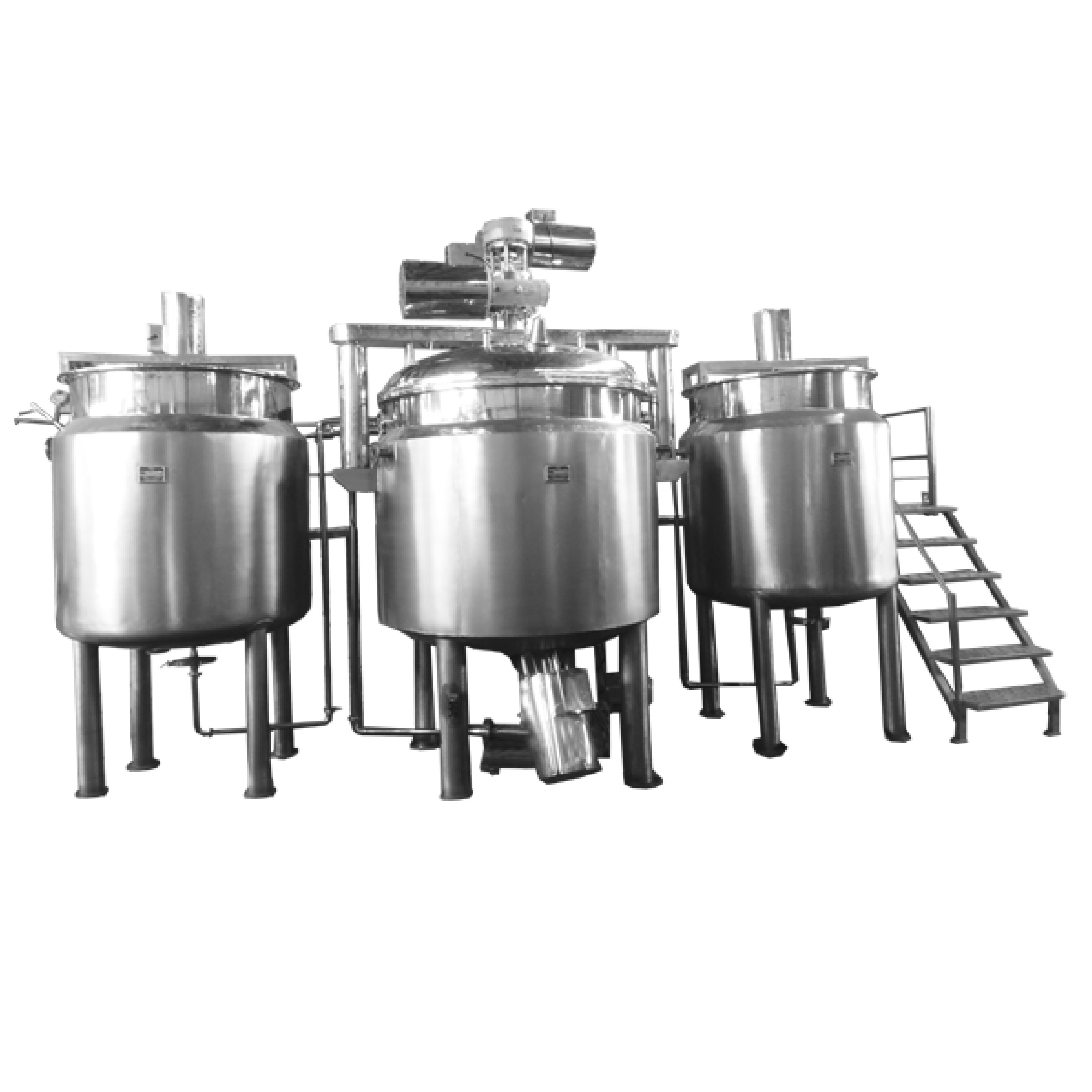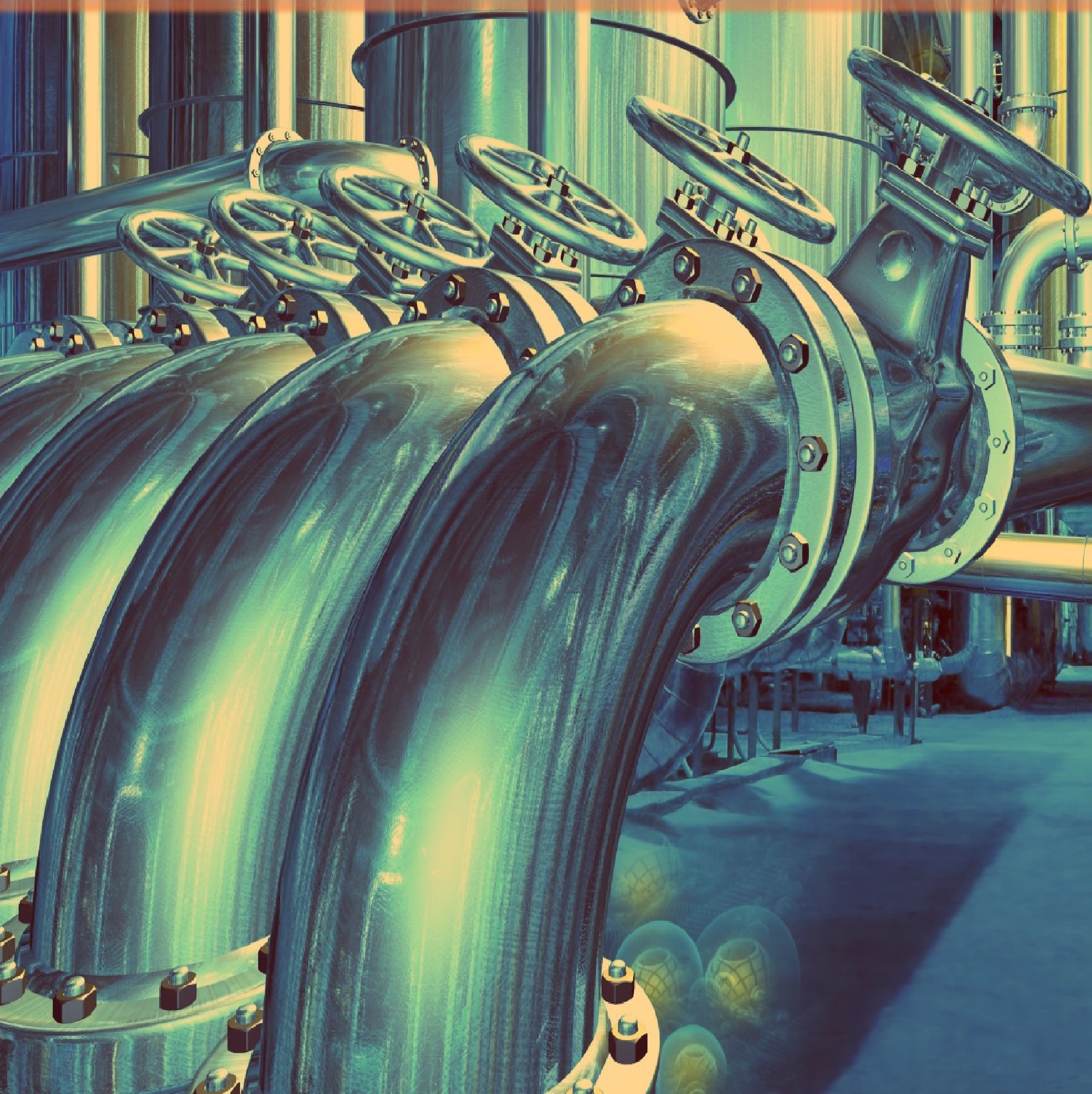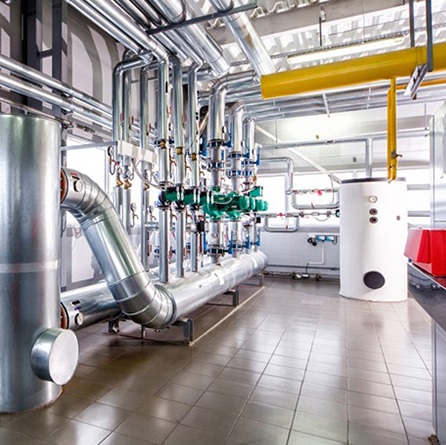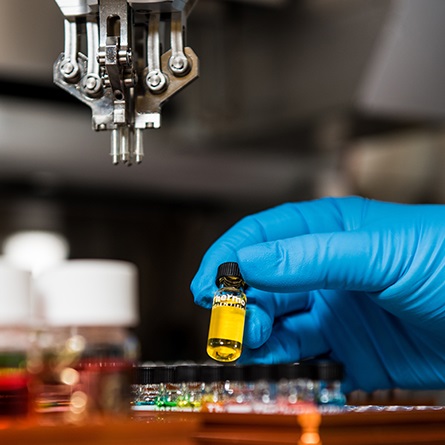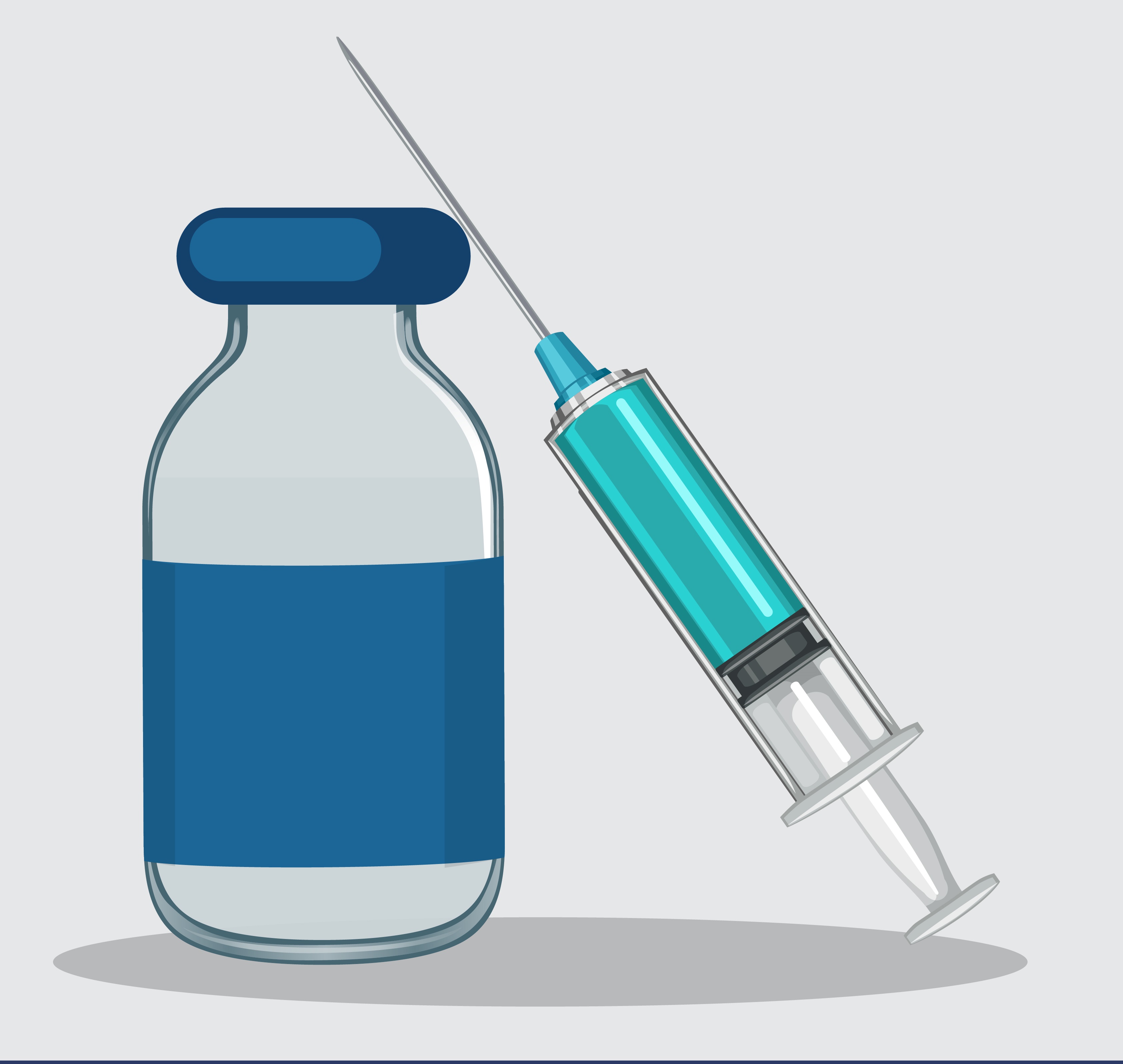
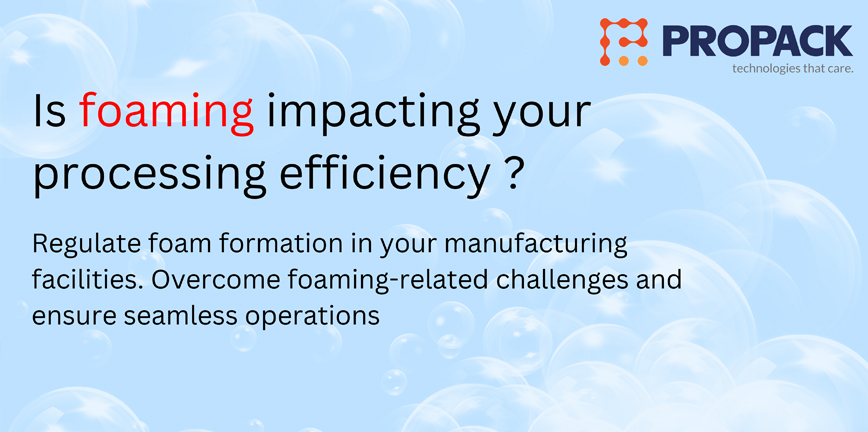
Foaming is a common issue that can affect the quality and efficiency of cosmetic manufacturing processes. Foaming can be caused by various factors, such as the presence of surface-active agents, the mixing conditions, and the addition of solids and powders. Foaming can be controlled and prevented by using different methods, such as chemical defoamers, vacuum mixing, and inline mixing. However, each method has its own advantages and disadvantages, and the optimal solution depends on the specific formulation and process requirements. Therefore, it is important to understand the science behind foaming and to test different methods to find the best one for your application.
Foaming is a common problem that occurs in many cosmetic manufacturing processes, especially when using water-based or aqueous formulations. Foaming can cause various issues, such as:
Therefore, it is important to understand the causes and solutions of foaming in cosmetic manufacturing. In this blog post, we will discuss some of the factors that influence foaming, as well as some of the methods to control and prevent it.
What Causes Foaming?
Foaming is the formation of a stable dispersion of gas bubbles in a liquid medium. Foaming occurs when the surface tension of the liquid is reduced by the presence of surface-active agents, such as surfactants, dispersants, wetting agents, emulsifiers, etc. These agents are often essential components in cosmetic formulations, as they perform various functions, such as:
However, these agents also tend to lower the coalescence rate of the gas bubbles, which means that the bubbles do not merge and collapse easily. As a result, the bubbles remain trapped in the liquid and form a stable foam.
Foaming can be influenced by several factors, such as:
How to Control and Prevent Foaming?
There are different methods to control and prevent foaming in cosmetic manufacturing, depending on the type and stage of the process. Some of the common methods are:
Using chemical defoamers: Chemical defoamers are additives that can break down or prevent the formation of foam. They work by either reducing the surface tension of the liquid, or by disrupting the stability of the foam film. There are various types and combinations of defoamers available for different applications, such as silicone-based, oil-based, mineral-based, etc. However, the main disadvantages of using chemical defoamers are their high cost and potential contamination of the product.
Using vacuum mixing: Vacuum mixing is a technique that involves mixing the liquid under a reduced pressure. This helps to remove the air and other gases from the system, and thus prevents foaming and air entrapment. Vacuum mixing also allows for faster and more efficient mixing, as well as better heat transfer and temperature control. However, vacuum mixing requires special cosmetic manufacturing equipment and careful monitoring of the process parameters.
Using inline mixing: Inline mixing is a technique that involves recirculating the liquid through a high-speed mixer that is installed in a pipeline. This helps to reduce the amount of air and foam generated by the mixing process, as the return line is submerged below the liquid surface. Inline mixing also provides high shear and turbulence, which can improve the dispersion and solubility of the ingredients. However, inline mixing may not be suitable for some formulations that are sensitive to high shear or temperature.


